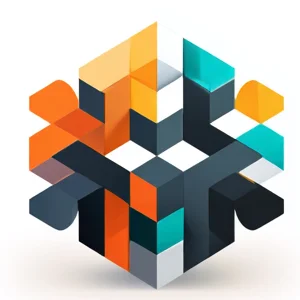The percentage of women software developers in the U.S. has declined from 42% in 1987 to less than 25% today. This is in a software/internet marketplace where women are online in equal numbers to men, directly or indirectly influence 61% of consumer electronics purchases, generate 58% of online dollars, and represent 42% of active gamers. Women avoid careers in software due to hostile environments, unsustainable pace, diminished sense of purpose, disadvantages in pay, and lack of advancement, peers or mentors. Agile Software Development is founded upon values that challenge such dysfunction in order to build self-organizing, collaborative and highly productive teams. In a high functioning Agile practice, developers engage each other, product owners and sponsors in a shared concern for quality, predictability and meeting the needs of end users. Can Agile values and practice drive changes in the workplace to better attract and retain women software developers?
IEEE in System Science (HICSS), 2012 45th Hawaii International Conference on


